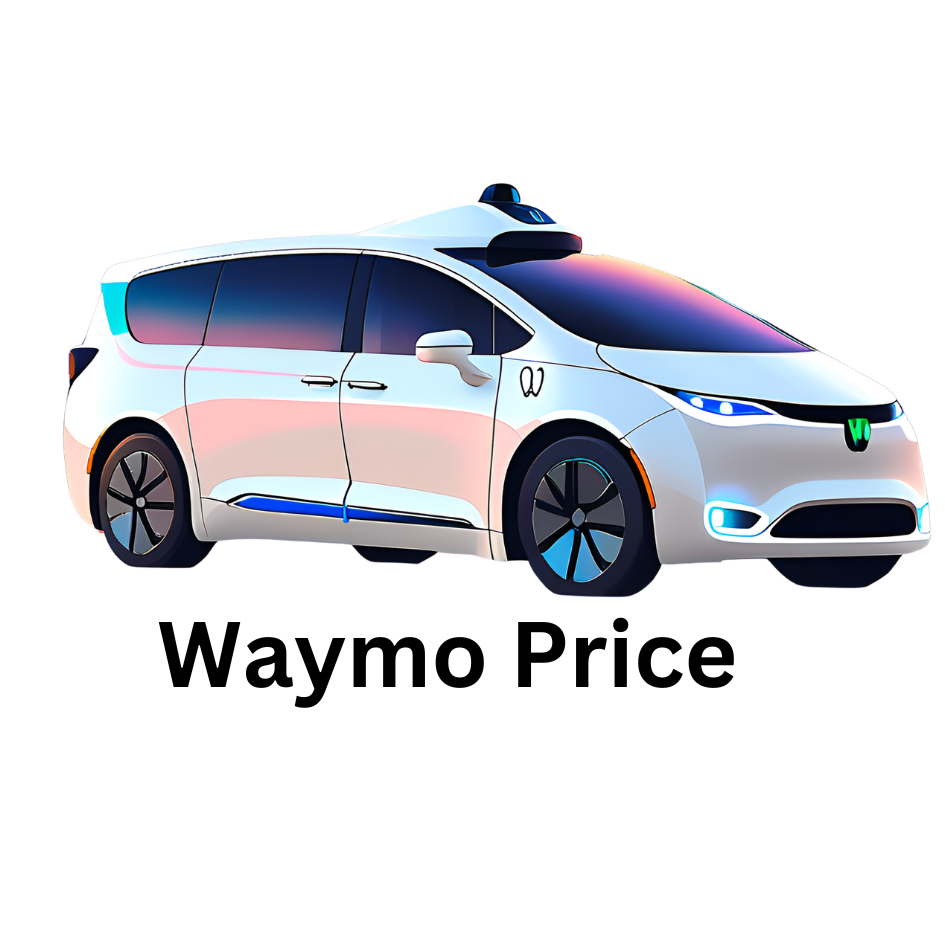Understanding Waymo’s Pricing: A Deep Dive into Autonomous Transportation Costs
September 20, 2024

As the global conversation surrounding autonomous vehicles (AVs) grows louder, Waymo stands at the forefront of this revolution with its advanced self-driving technology. Originally part of Google’s parent company Alphabet Inc., Waymo has emerged as a leader in the autonomous driving space, making significant strides in both the technology and its applications. One pivotal aspect of this initiative is understanding the pricing mechanism associated with Waymo’s services, especially as it pertains to consumers and businesses alike.

The Waymo Model: Services and Pricing Structure
Waymo currently operates in several distinct domains, including Waymo One, its ride-hailing service, and Waymo Via, which focuses on logistics and delivery. Each of these services features its own pricing model tailored to market demands, technological capabilities, and operational costs.
1. Waymo One: Ride-Hailing Service
Waymo One is akin to traditional ride-hailing services like Uber and Lyft, but with a significant distinction—every ride is operated by a fully autonomous vehicle. As of now, Waymo One primarily serves areas in Phoenix, Arizona, where it has been providing rides since late 2018.
Pricing Mechanism
For consumers, the pricing structure of Waymo One can be influenced by multiple factors:
- Base Fare: The starting cost for any ride is usually determined by distance and time. As Waymo One primarily operates in urban settings, shorter trips might incur higher per-mile costs due to urban density and demand.
- Surge Pricing: Similar to traditional ride-hailing services, Waymo may implement surge pricing during peak demand hours, dynamic pricing dictated by user demand, and availability of vehicles.
- Membership Models: Currently, Waymo offers a straightforward pay-per-ride model, but as it matures, the potential for subscription-based pricing is on the horizon. A monthly or annual subscription could provide users with unlimited rides or discounts, making autonomous transport more appealing especially for frequent users.
Comparisons with Competitors
As cost improves through economies of scale, Waymo could become a cost-effective alternative to traditional ride-hailing options. An average ride on Waymo One has been observed to fall within the same price range as Uber and Lyft, although users might argue the premium for the advanced technology involved.
2. Waymo Via: Delivery and Logistics
Waymo Via represents the company’s foray into logistics, providing autonomous freight and delivery services. The demand for efficient and timely delivery systems has surged, particularly in the wake of changing consumer behaviors shaped by the pandemic. Waymo Via aims to cater to this demand with its fleet of self-driving vehicles tailored for commercial deliveries.
Logistics Pricing
Pricing for Waymo Via tends to be more variable than its ride-hailing sibling, considering it caters to businesses that require bespoke solutions:
- Contract Models: Businesses may engage in long-term contracts, setting fixed rates based on volume, frequency, and distance of delivery.
- Cost per Mile: As with traditional freight services, Waymo Via often charges clients based on the distance traveled, typically calculated on a per-mile basis, with the added complexity of including factors like vehicle maintenance, fuel (in this case, electricity), and potential tolls.
- Volume Discounts: Businesses that commit to larger delivery volumes could benefit from scaled pricing; for example, operations generating over a certain number of deliveries per month could receive discounted rates.
3. The Role of Technology in Pricing
A significant factor in both Waymo One and Waymo Via’s pricing structures is the underlying technology. The sophisticated algorithms that power the vehicles, combined with operational efficiencies gained through automation, ultimately influence the service costs:
- Fleet Optimization: The ability to manage a fleet of autonomous vehicles, including real-time routing and scheduling, leads to operational efficiencies which can translate to lower costs for consumers.
- Maintenance and Downtime: Autonomous vehicles might have lower maintenance costs due to fewer mechanical failures; however, the cost of technology upgrades and system maintenance remains a factor.
- Safety and Insurance: As Waymo continues to gather data and insights from its operations, it enhances its safety protocols, which could affect insurance costs, potentially benefiting overall pricing strategies.
Looking Ahead: Future Pricing Dynamics
As the adoption of autonomous vehicles increases, pricing dynamics are expected to evolve. The interplay of technology advancements, regulatory developments, and consumer acceptance will shape Waymo’s pricing strategies in the coming years:
1. Market Expansion
Waymo has plans to expand into new markets beyond Arizona, such as California and Texas. Entry into more urban centers could generate critical mass, allowing the company to refine its pricing models and potentially lower costs as competition increases.
2. Technological Advancements
Continuous improvements in AV technology may lead to significant reductions in operational costs. The integration of artificial intelligence and machine learning offers the promise of refining route management, enhancing vehicle performance, and decreasing accident-related costs, which in turn could positively affect pricing for consumers.
3. Regulatory Landscape
Regulatory frameworks will relevantly shape operational and pricing strategies. With more policy support for AVs, including infrastructure investment, Waymo may operate under more favorable conditions that could allow for lower prices.
4. Consumer Behavior Insights
Waymo will also need to closely monitor consumer attitudes and preferences regarding pricing. Understanding value perception, especially in terms of safety, convenience, and time savings, can provide insights that inform competitive pricing models.
Conclusion
Waymo’s pricing structures reflect the complexities of operating in the emerging field of autonomous transportation. Inspired by both technological innovations and customer needs, Waymo continues to adjust to market dynamics—offering essential services like Waymo One and Waymo Via while maintaining a keen focus on efficiency, accessibility, and sustainability.
As the world inches closer to mainstream adoption of autonomous vehicles, Waymo’s pricing strategies will be key in determining the wider acceptance of self-driving technology, positioning the company as a critical player in shaping the future of transportation. Exploring and understanding these pricing avenues is not just pivotal for consumers and businesses, but also for evaluating the economic implications of this transformative technology as it integrates into daily life.